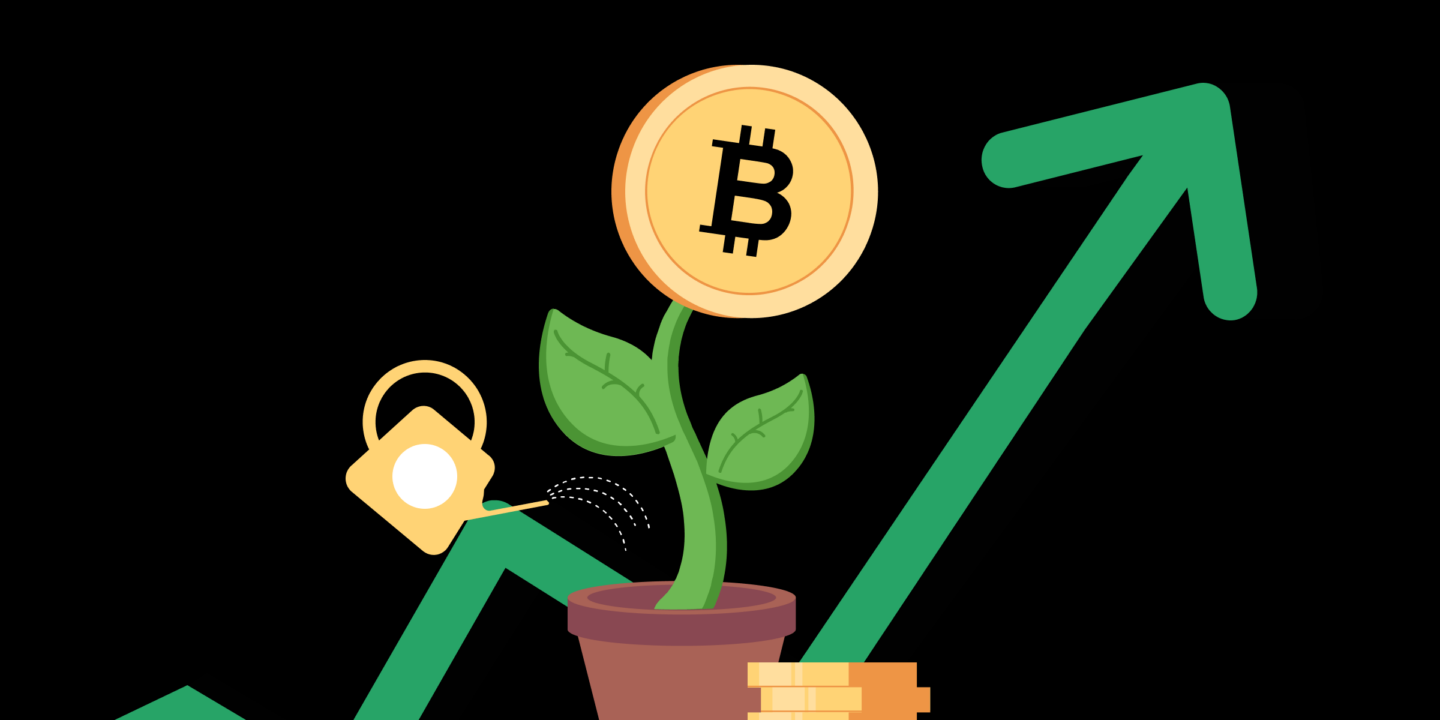
With the all-time highs seen in the biggest cryptocurrencies in the entire year, many investors are looking toward passive income strategies instead of active trading. The ongoing debate between the benefits of crypto staking and yield farming is one such example.
In response to the risks involved in active trading and the low interest in the other markets, yield farming crypto and crypto staking have become more popular ways to award investors HODL to their coins and tokens.
Investors are not content with only storing digital assets and hope for appreciation in the value to find new ways to make their crypto work for them. Among the many passive earning strategies on crypto assets, crypto staking and yield farming crypto are becoming increasingly popular. But wait, which one of these is best suited for you? What are the risks and advantages involved in both?
Here we have answered just that! Before you invest in either, learning the risks and comparing the two strategies are necessary.
What Is Yield Farming?
Yield farming refers to the method of generation of cryptocurrency from cryptocurrency holdings. It is known as crypto farming because of its “growing your own crypto” concept. It includes lending crypto assets to DeFi (Decentralized Finance) platforms, where they are locked up in the pool (liquidity pool), which is a smart way of holding funds.
DeFi takes on the concept of decentralized blockchain and works it out in the finance world. Liquidity is provided to the DeFi protocol by locking the funds in the liquidity pool, where they can be used to facilitate borrowing, lending, and trading. The platform earns fees by providing liquidity paid to the investors regarding their share in the pool.
Crypto farming is also called liquidity mining. Crypto yield farming is vital for automated market makers or AMMs. Automated market makers provide automated and permissionless trading via the use of liquidity pools rather than the traditional system of buyers and sellers. The LP tokens are provided to the liquidity provider according to their contributions to the pool individually. A small fee has to be paid when a trader wants to change Dai (DAI) or Ethereum (ETH). The fees go to the liquidity provider according to the volume of liquidity in their pool. The larger the rewards, the larger capital is provided.
What Is Staking?
Crypto staking refers to the operation of holding up the blockchain network and participating in the transactions’ validation to that network via committing your crypto assets.
Staking is an intriguing way of committing crypto assets as collateral in the possibility of blockchain networks leveraging the proof-of-stake (POS) algorithm. Like miners borrow computational strength for accomplishing consensus in proof-of-work blockchains, users with the biggest stakes are chosen to validate trades on the PoS blockchains.
Staking Vs Yield Farming: What’s the Difference?
When choosing which is more suitable for you: Staking vs. yield farming, you should consider some points. Yield farming crypto is very similar to crypto staking, as both strategies need to hold some volume of crypto assets to gain profits. The key distinctions are:
Complexity
When considering crypto staking vs. yield farming crypto, staking is generally the simpler strategy as a source of passive earnings because the investor can just decide on the pool they want to stake in and lock in the crypto assets. While in crypto farming, there are many possibilities of continuous switching between tokens and platforms and can yield higher rewards.
Risk levels
Yield staking is generally put on DeFi projects that are new and get very risky in rug pulls. Rug pulls refer to the drainage of assets from the liquidity pools by shady developers. In the case of staking, Rug pulls are less probable with established PoS networks.
Both staking and yield farming possess volatility risk, and both can lose money in case of token value drops. For risk-averse investors, the staking strategy may seem more appealing.
Profitability
With risks come rewards too. The primary distinction between staking vs. yield farming is that investors can reap the benefits by staying invested. We can measure returns with the Annual Percentage Yield (APY). Staking usually gives steadier returns on APY compared to yield farming. Rewards with staking can range from 5% to 14%, whereas returns with crypto farming can range from 1% to 1000% but bear a bigger risk.
FAQs
1. What is the best platform for yield farming?
Yield farming refers to lending or staking cryptocurrency to earn interest. Its popularity has skyrocketed in the past few years, and so are the platforms offering yield farming. For instance, Aave, Uniswap, PancakeSwap, etc.
2. Are yield farming and liquidity mining the same?
No, Yield farming and liquidity mining are not the same. They both differ in terms of the method used, the rewards, and the risk attached to them. In yield farming, you lend your crypto to gain rewards. On the other hand, in liquidity mining, you supply liquidity to DeFi protocols.
3. Is yield farming profitable in a bear market?
Usually, people buy cryptos during the bear market and deploy them for yield farming to sell them during the bull run. It could be a way to earn passive income in a bear market where the chances of making money with crypto are limited.





